“We are all implicated when we allow other people to be mistreated. An absence of compassion can corrupt the decency of a community, a state, a nation.” - Bryan Stevenson
What do you think of when you hear the words “social justice?” In short, social justice is an ideology, mostly political, in which the goal is for individuals to fulfill society equally in many forms of distribution. Has it ever occurred to you that social justice can include religion? Religious disparities across the world are something that needs to be addressed on both an individual and societal level in order to harvest an environment that is capable of social justice. This can be fixed. In the same way that people are fighting to bring social justice to numerous underrepresented groups, we can fight to bring awareness and understanding to those with different religious and spiritual beliefs. We can do this by offering active listening and taking affirmative actions, which are key components in allyship, and we can also examine our own habits and beliefs to ensure our intentions and values are equally aligned with the goals of allyship. This process is known as Religious Literacy. In short, Religious Literacy is the understanding and acceptance of beliefs that differ from our own.
As of 2022, studies had shown that roughly 81% of Americans believed in some sort of God or Higher Power. The goal of Religious Literacy is to create and foster a harmonious system that promotes an understanding amongst the public of religion across all sectors. Religious Literacy is 100% teachable and is a skillset that needs to be learned and nurtured in society. Those who are religiously literate not only break the chains relating to stereotypes about religions and spiritual beliefs, but also serve as an agent that influences others to do the same. The changes that Religious Literacy can bring about are social, political, cultural, economical, and religious.
Active listening is a term most of us have probably heard more than once in our lifetimes, especially while in school. The difference between listening and active listening boils down to one word: understanding. If I am listening to you, I just hear you talking. If I am actively listening to you, I am understanding what you are saying, considering your perspective, and even offering empathy where it is needed. Active listening is an extremely important step in achieving social justice. It helps lay the foundation for allyship, affirmative action, and then the execution of justice. In the world of Religious Literacy, active listening almost encompasses the definition of Religious Literacy that was previously addressed: understanding and acceptance. Now, a big part of allyship includes affirmative action. The Lewis and Clark College defines affirmative action as “action taken by a government or private institution to make up for past discrimination in education, work, or promotion on the basis of age, birth, color, creed, nationality, ethnic origin, physical or mental ability, familial status, gender, language, race, religion, sex, sexual orientation” (Lewis and Clark College). When defining yourself as an ally, taking the actions needed to bring change about is a big component. As it stands right now, an ally is a word used to describe a person who is fighting oppression through direct work, respect, or empowerment of marginalized individuals and communities. The Society for Human Resource Management, or the SHRM, notes that “Allyship training and initiatives are often focused on race or sexual orientation but should also include information on how to be an ally for coworkers of different faiths. An ally is a person who actively supports an underrepresented group of which they are not a member” (SHRM). To be an ally as it relates to Religious Literacy, we simply need to understand these viewpoints and show confidence as we stand up against unfair treatment toward members of these traditions- whether it is arguing against stereotypes or doing work within our own communities to prevent misinformation about these religions from spreading.
To examine our own habits and beliefs, self-reflection is needed. Things we learned as children, including habits, beliefs, and values, can influence our engagement with and in social justice. In order to present ourselves as an ally and take the steps necessary to achieve social justice, it is imperative that we have a positive outlook and take positive steps toward inclusion and advocacy. Once our habits and beliefs are examined and established, the positive steps we need to take toward allyship include an openness to learning. We aren’t going to know everything we want to know, or need to know, about religion the day we decide to stand for Religious Literacy. It is a learning experience and we can do this in a number of ways. All we have to do is make an effort.
In essence, social justice is an encompassing term that yearns toward equality. If we are attempting to reach a desirable level of social justice across the Earth, then that includes justice for all religious and spiritual beliefs. Religious Literacy attempts to bring everyone one step closer to social justice by developing the understanding and acceptance of a plethora of beliefs. It is okay to ask questions when we don’t understand, it is okay to take the time to learn more to ensure accuracy about statements we make, and it is okay to stand up for those who cannot stand up for themselves.


